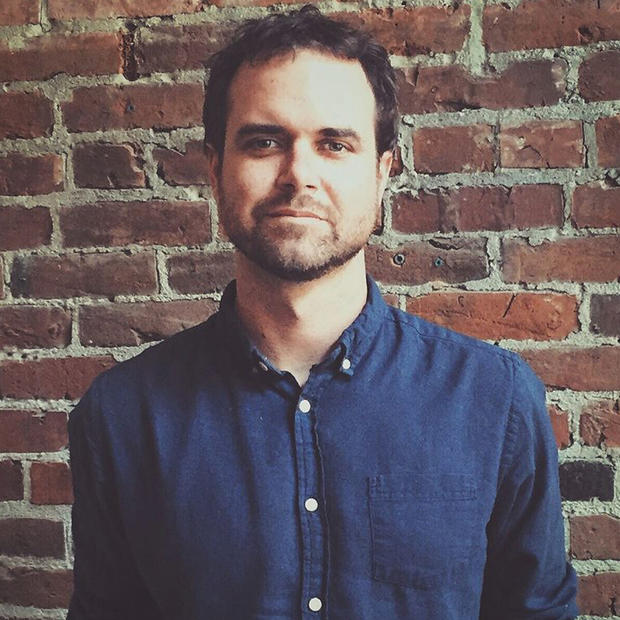At a coffee shop near Amazon’s headquarters, I am surrounded by sickness. A case of pink eye lurks nearby, there can be no doubt. Fevers are rising in every direction. The entirety of South Lake Union seems awash in health risks. I sip my tea, clear my throat – is that congestion I feel?
I’ve known hypochondriacs, constantly convinced they’re coming down with something. I’ve known germaphobes who carry anti-bacterial moist towelettes around, perceiving the world as a veritable petri dish in microscopic filth. For these groups, there is a new mobile app that may very well be their worst nightmare. Or the validation they’ve always sought.
This month, a division of Johnson & Johnson – purveyors of Tylenol and Sudafed, among other drugs – launched an iPhone app named HealthyDay. That cheerful name masks what could be the most disconcerting mobile tool in existence.

HealthyDay gathers real-time data on illness in your general vicinity, using social media mentions, anonymized data from local doctor's offices, web searches and reports from the app’s users. It then distills that information into graphs that describe local trends – allergies are up in Seattle currently, for instance – but also interactive maps depicting sickness reports with pinpoint accuracy. From my perch near Amazon HQ, I can see a case of sore throat is a mere block away in one direction, and a cough in the other. Two cases of bronchitis are too close for comfort.
Every marker on HealthDay's map indicates a person having a less than healthy day, and there are hundreds.
What is the practical use of such information, beyond causing one to consider a germ-blocking facial mask? Graham Dodge is CEO of SickWeather, a company that HealthyDay relies upon for its data on social media trends. He believes such an app could drastically improve consumer health care.
Dodge gives the example of a mother who uses the Sickweather app, which pulls from millions of public posts on Twitter and Facebook, as well user reports, and is considerably less overwhelming than HealthyDay. She sees that strep was on the rise near her child’s school, so when her kid started complaining of a sore throat, she sends him to a doctor instead of back to school. Her hunch turns out to be correct, meaning her kid got treatment faster, and didn’t spread their sickness to classmates.
Every week, Sickweather’s algorithms comb through millions upon millions of potential mentions of illness on social media. This generates a picture of how specific sicknesses are spreading, and has led the organization to identify the onset of flue season weeks ahead of the Centers for Disease Control. But the data on SickWeather and HealthyDay can get more reliable, Dodge said. Like traffic reporting app Waze, for example, the apps can gather more individual user reports as they gain fan bases, fueling accuracy and awareness of health trends.
Informed that HealthyDay could send hypochondriacs into extended anxiety attacks, Dodge laughs and notes his company's data only makes up a piece of that app’s overall set. “We're always looking at ways we can make all this more actionable and less scary,” says Dodge. That said, if the apps inspire people to wash their hands a bit more, Dodge says no harm no foul.
In countless ways, Big Data is improving healthcare worldwide. Crunching enormous amounts of wellness info can identify outbreak patterns, expose cost and quality deviations in care, and much more. Still, when it comes to giving individuals helpful tools to prevent sickness, the will is there, but the way is still being felt out.


